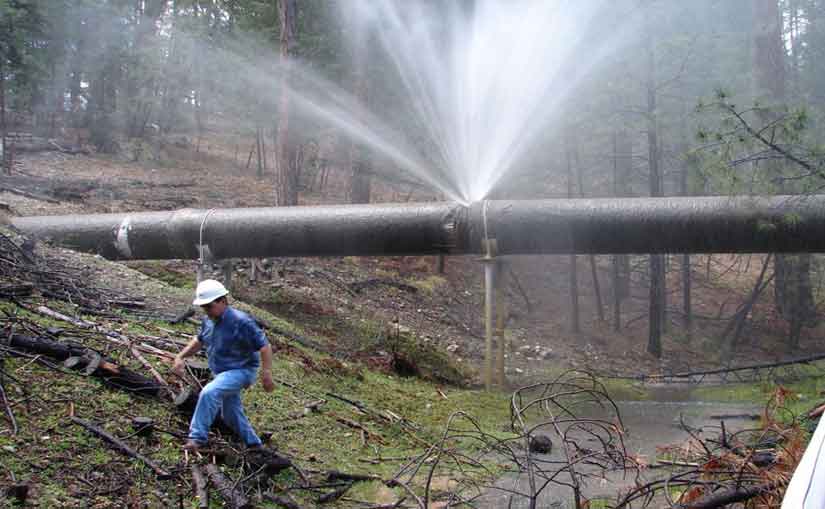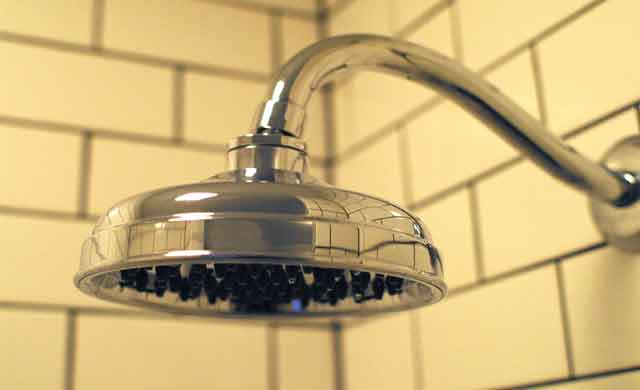This article will cover tree
roots can harm lateral lines. Once you have acquired a property of your
own, you should be ready to consider everything. This means that you have to
assess the needs of every component that makes your home livable. A he
consideration would be your septic system. The septic system is the wastewater
treatment system that your household depends on because you can’t access the
city sewage system. Your daily wastewater production has to be treated so that
your living premises could remain safe and healthy. It is also important for
the environment because through the septic system, the effluent returned to the
surrounding water systems is already free of harmful toxins and pathogens.
Taking good care of the septic system is imperative if you want to have a pleasant
household for decades. You have to pay attention to the different elements of
your septic system. It has a septic tank and a drain field that has lateral
lines. Lateral lines are comprised of perforated pipelines for equal
distribution of effluent into the drain field. These lines should be installed
professionally so that the entire drain field could receive the effluent. If
the lateral lines have poor installation, part of the drain field will be
flooded.
The
drain field’s lateral lines are prone to malfunction and damage because mostt
homeowners have gardens. Trees are among the usual types of higher plants that
comprise a residential garden these days. Sadly, they are planted without even
considering the location of the lateral lines. As a result, the lateral lines
are subjected to root invasion. Tree
roots can harm lateral lines. Trees are living organisms that need to feed
on a regular basis. Their roots are made to constantly search for an abundant
source of water and nutrients to support the entire tree for as long as it
lives. He closes source is usually what they choose to target. If you have
lateral lines close to a tree or trees in your garden, you should consider
relocating them.
In
the world of plants, the bigger they are, the more complicated their root
systems are. If you have a huge tree in your yard, it probably has a complex
root system that wants to take over your lateral lines and your septic system
in general. If you have a root invasion problem, contact your septic expert and
arborist to know what the best option is. It would be very ideal to discuss the
layout of the septic system first before you place any form of plant in your
yard. This would prevent the tree roots form accessing your lateral lines. Once
the tree roots penetrate the lateral lines, the normal flow of the wastewater
treatment will be obstructed. The smaller roots will then form meshes that fill
totally block the flow of the pretreated effluent. When this happens, the
wastewater will backflow, overflow, and flood your entire property.
Experienced
arborists say that if you really want to have trees in your garden, you should
just opt for smaller trees. The root systems that these trees have are not as
elaborate as that of an oak’s. You can choose an Amur maple tree (Acer ginnala), flowering dogwood (Cornus florida, smoke tree (Cotinus pp.), Eastern redbud (Cercis canadensis), and theJapanese
maple tree (Acer palmatum). These
trees are low-growing species of trees that have modern roots.
Even
if you do want these ideal trees in your garden, always take note that trees in
general can still penetrate your septic system’s lateral lines. It’s a natural
activity for tree roots to seek nutrients and water. If they are presented with
an opportunity to access your septic system, they will go for it. It would be
best to have trees on the far end of your property so that their roots won’t
harm the lateral lines. It is vital for your septic system’s lateral lines to
stay optimal so that you can enjoy your property along with the safety and
security that it provides.



